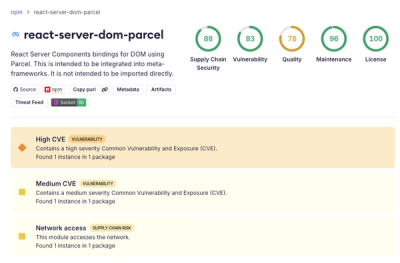tinygradient




Easily generate color gradients with an unlimited number of color stops and steps.
Live demo
Installation
$ npm install tinygradient
Dependencies
Usage
The gradient can be generated using RGB or HSV interpolation. HSV usually produces brighter colors.
Initialize gradient
The tinygradient constructor takes a list or an array of colors stops.
var gradient = tinygradient('red', 'green', 'blue');
var gradient = tinygradient([
'#ff0000',
'#00ff00',
'#0000ff'
]);
The colors are parsed with TinyColor, multiple formats are accepted.
var gradient = tinygradient([
tinycolor('#ff0000'),
{r: 0, g: 255, b: 0},
{h: 240, s: 1, v: 1, a: 1},
'rgb(120, 120, 0)',
'gold'
]);
You can also specify the position of each color stop (between 0 and 1). If no position is specified, stops are distributed equidistantly.
var gradient = tinygradient([
{color: '#d8e0de', pos: 0},
{color: '#255B53', pos: 0.8},
{color: '#000000', pos: 1}
]);
Generate gradient
Each method takes at least the number of desired steps.
The generated gradients might have one more step in certain conditions.
var colorsRgb = gradient.rgb(9);

var colorsHsv = gradient.hsv(9);

var colorsHsv = gradient.hsv(9, true);

There are also two methods which will automatically choose between clockwise and counter-clockwise.
var colorsHsv = gradient.hsv(9, 'short');
var colorsHsv = gradient.hsv(9, 'long');
Each method returns an array of TinyColor objects, see available methods.
Get CSS gradient string
The css method will output a valid W3C string (without vendors prefix) to use with background-image CSS property.
var gradientStr = gradient.css();
var gradientStr = gradient.css('radial', 'farthest-corner ellipse at top left');
Get color at a specific position
Returns a single TinyColor object from a defined position in the gradient (from 0 to 1).
colorAt55Percent = gradient.rgbAt(0.55);
colorAt55Percent = gradient.hsvAt(0.55);
Reversing gradient
Returns a new instance of TinyGradient with reversed colors.
var reversedGradient = gradient.reverse();
Loop the gradient
Returns a new instance of TinyGradient with looped colors.
var loopedGradient = gradient.loop();
Position-only stops
I is possible to define stops with the pos property only and no color. This allows to define the position of the mid-point between the previous and the next stop.
var gradient = tinygradient([
{color: 'black', pos: 0},
{pos: 0.8},
{color: 'white', pos: 1}
]);
License
This library is available under the MIT license.







